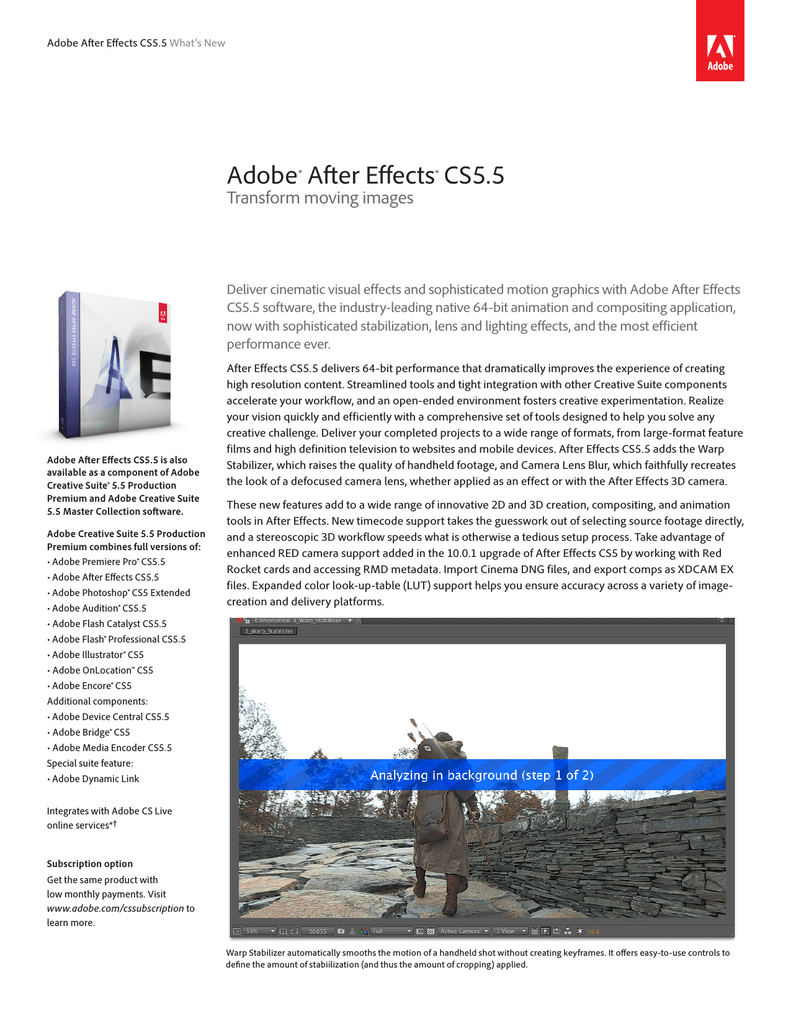
No Motion is suitable for a shaky shot that is on a fixed point and the camera operator is not panning or zooming. This setting will try to remove any shakes entirely to create a still frame, as if set on a tripod.Īlternatively, Smooth Motion works with clips where there are camera movements, but with a degree of shake. With that disclaimer out of the way, let's jump into the actual process of adding Warp Stabilization to your footage in Premiere Pro, and adjusting the settings for an optimal result.

In some cases, adjusting the settings may be able to fix this, but be prepared for particularly bad footage to be unsalvageable. You may find that after applying the effect, you get a skewed sense of perspective, almost as if the footage is on a moving canvas. Since the process involves automatically matching up and manipulating your video frames, it can create some funky issues, especially in a particularly busy shot with a lot of individual moving elements. When applying Warp Stabilization, there's a chance that it may end up warping your video. Rather, you should ensure that you're filming high-quality clips without shake in the first place. It's important to go into the process of Warp Stabilization with a good understanding of its drawbacks and limitations.ĭon't expect it to magically fix all of your issues with a piece of shaky footage. This Premiere Pro feature attempts to remove shake by automatically matching up pixel data to offset motion. Thankfully, if you do find yourself dealing with footage with a noticeable amount of shake, the Warp Stabilizer may be your solution.


But with the onset of smaller handheld cameras and smartphone videos, encountering it is almost inevitable. As a rule, shaky footage isn't something you should actively seek to use in your video editing.


 0 kommentar(er)
0 kommentar(er)
